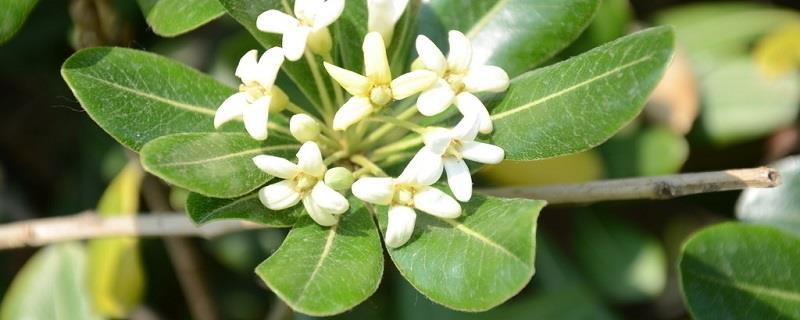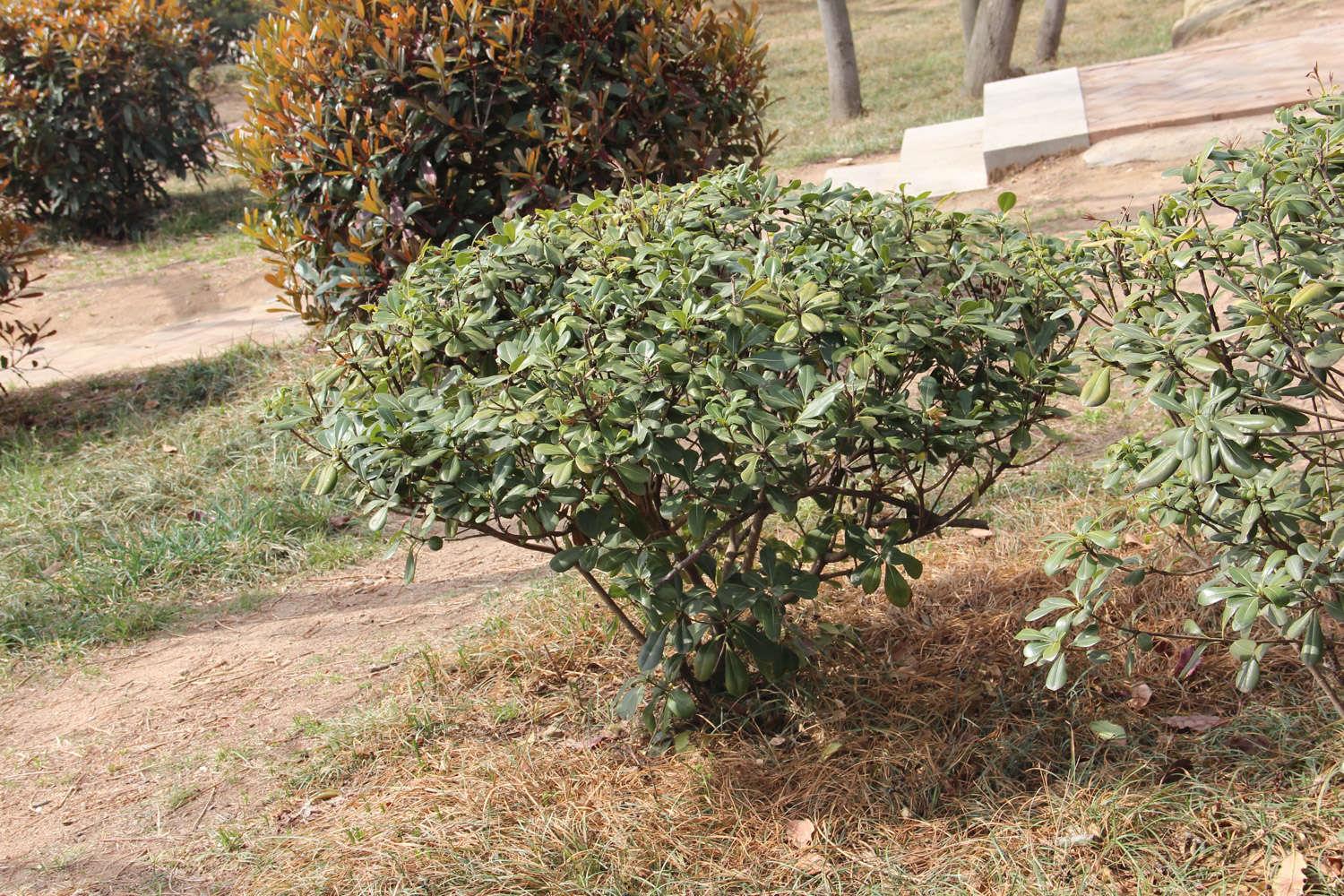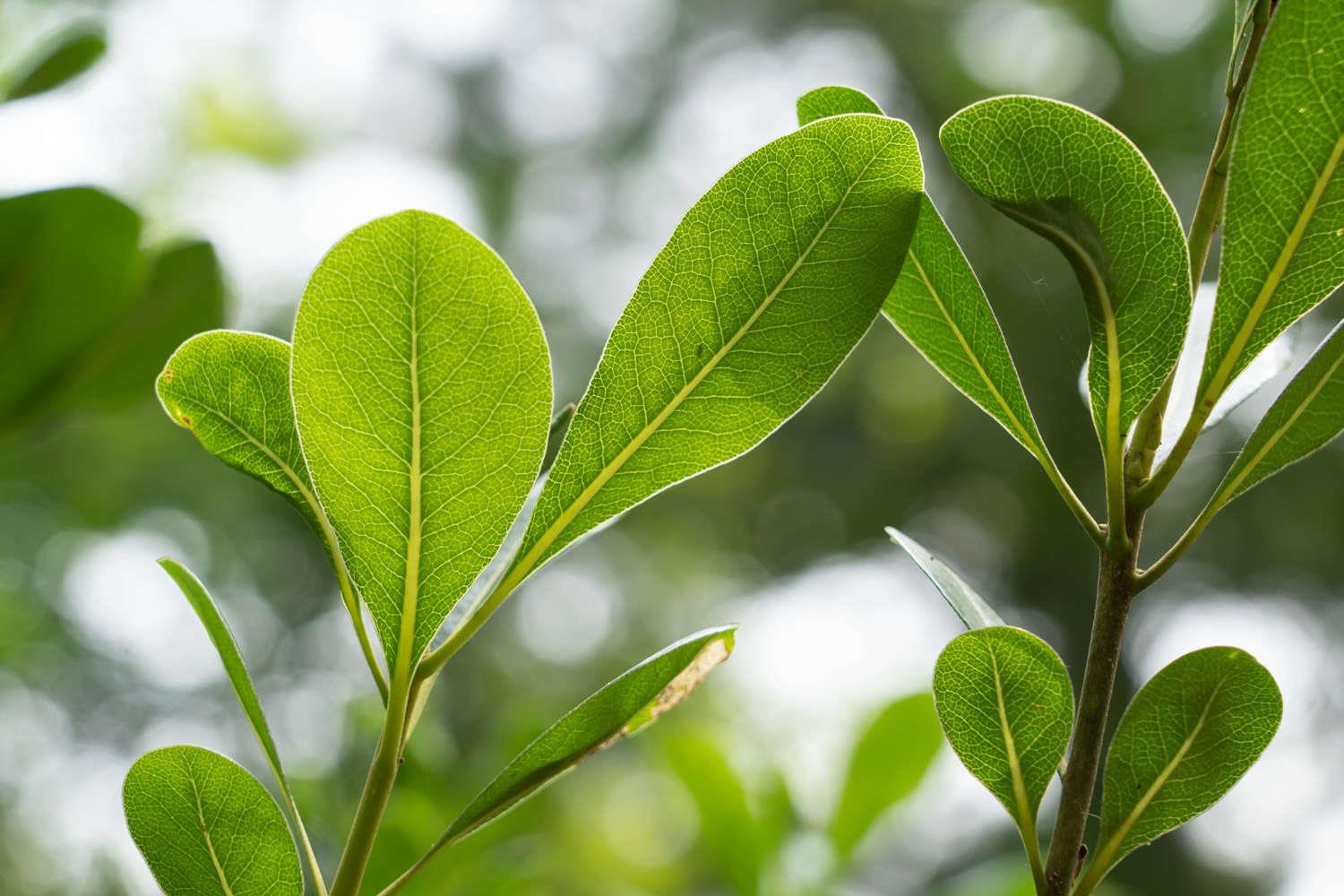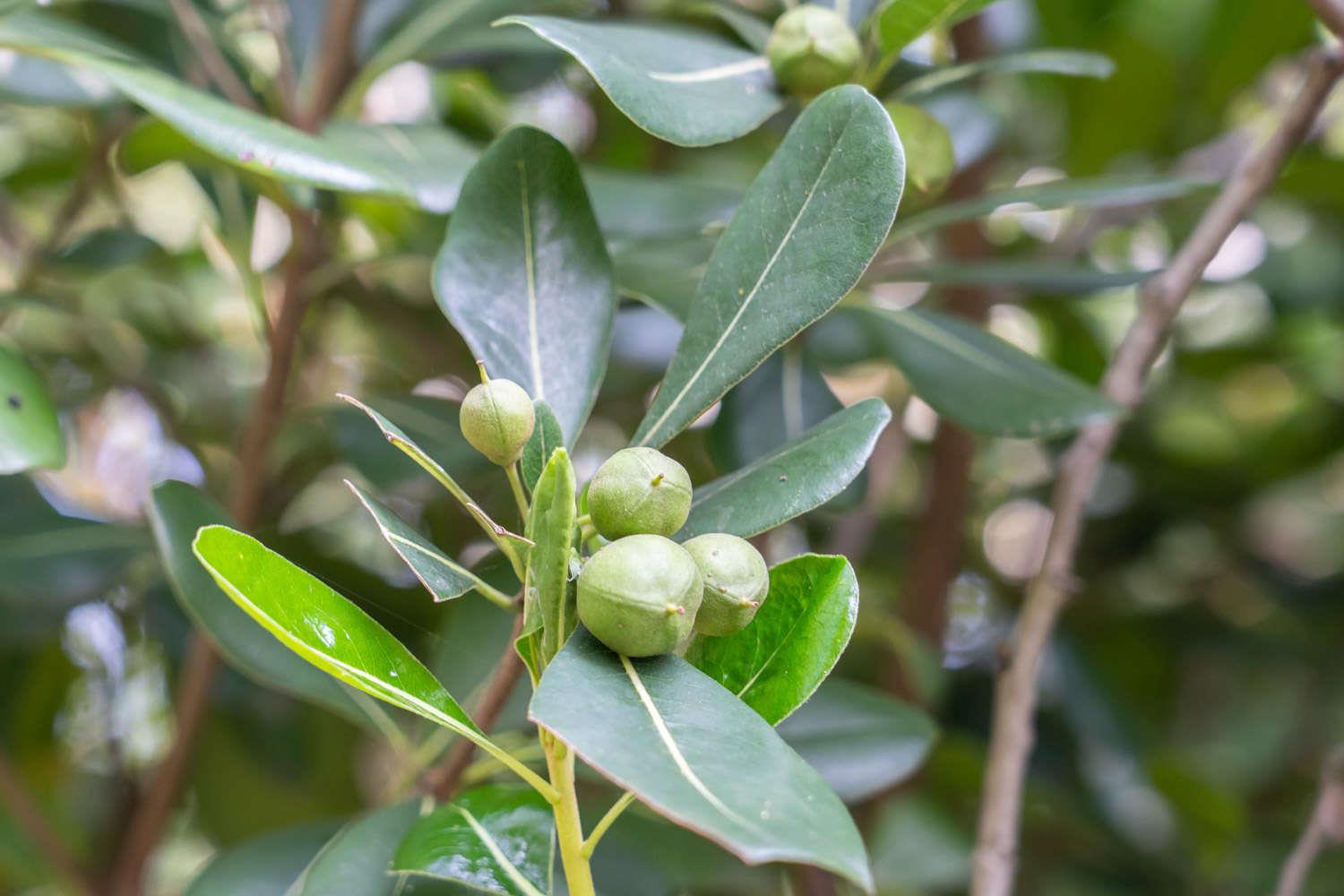How to care for pittosporum
Last Update :2024.05.10
Article Catalog
3. Problem diagnosis and treatment
It is a shrub or small tree that can reach a height of about six meters. Its younger branches have brown hairs on them. Its leaves are clustered and leathery in texture. Its inflorescence is umbrella-shaped, terminal or nearly terminal. Its flowers are white and fragrant, and later turn yellow. Generally blooms from September to October.

1. Maintenance methods
1. Maintenance methods
1. Temperature: The most suitable temperature for the growth and flowering of pittosporum is between 15 and 30 degrees. The temperature at night can be slightly lower, but try not to fall below 13 degrees. Its cold resistance is also good and can tolerate freezing temperatures, but not too low.
2. Light: Pittosporum is a light-loving plant, but it can also grow better in semi-shady places. Therefore, when the rifle is exposed to sunlight, it can be placed outdoors. If it is too strong, it needs to be placed in a cool place and can be adjusted according to the specific situation. In winter, it cannot be placed in a too dark location.

3. Watering: Pittosporum likes moisture. During the growth period, more water is needed, so it is more appropriate to keep the substrate moist, but try not to accumulate too much water, otherwise it will be harmful. In winter when the temperature is relatively low, there is no need to water too much.
4. Fertilization: Pittosporum does not require too much fertilizer. It is best to add some base fertilizer, but not too much. Usually, you don’t need to apply too much top dressing, but it can be once or twice a month. Relatively speaking, fertilizer during the flowering period is more important.

2. Breeding skills
1. Reproduction: Sowing can be used. October to November is a good season for collecting fruits. Wash the fruit and remove the seeds and store them in moist sand. Can be sown in the spring of the following year. Generally speaking, the "drilling" method is more suitable. After sowing the seeds, they need to be kept moist. Generally speaking, it usually takes about two years for seedlings to be potted.
2. Pruning: Pittosporum has certain requirements for daily pruning. Mainly after flowering, in addition to pruning the remaining flowers, you can also rest some unsuitable branches.

3. Problem diagnosis and treatment
1. Diseases: In high-temperature and high-humidity environments, diseases are more likely to appear, such as "leaf spot", "anthracnose", etc., which can be treated with chlorothalonil, etc., and the infected parts should be cut off in time. Multiple passes are required. ventilation.
2. Insect pests: "Scale insects" and "ladybugs" are relatively common. Rapid culling can be used for prevention and control, and imidacloprid, etc. can also be used.

4. Other issues
1. Toxicity: It is non-toxic.
2. Whether it can be raised at home: Because it is relatively tall, it is generally not raised at home unless there is a relatively large yard. It has many uses in gardens.
2. Breeding skills
3. Problem diagnosis and treatment
4. Other issues
- END -
In what season does the camellia bloom? In which city does the camellia bloom?

Camellias bloom in winter and spring. Usually it opens in November in winter and l...
How many colors are there in carnations?

Common carnations are mainly available in five colors: red, purple, pink, white an...